CS:GO Ignition ESports - Part 1
With the esports industry booming and only set to get bigger, Idonix have decided to prove their mettle and develop an engaging and fully featured proof of concept for one of the most popular esports titles out there – Counter Strike: Global Offensive. Using our industry leading Ignition platform we were able to rapidly develop a complete system to track game state and player information, crunch those numbers and turn them into engaging stories.
Counter Strike: Global Offensive

The Counter Strike franchise has been around since 1999, with it’s first foray into esports in 2001. The current incarnation, Counter Strike: Global Offensive (CS:GO) has been at the forefront of modern esports since it’s inception in 2012, with major annual tournaments regularly drawing audiences in their millions. It’s because of its pedigree and longevity in the esports domain that we chose to integrate with CS:GO data to build out our proof-of-concept Ignition system.
What is Ignition?
Ignition is Idonix's industry leading software framework for providing real-time graphics automation and data wrangling through a simple and easy to use user interface without the steep learning curve - anyone can pick up and use our software in minutes to drive their next broadcast or live event.
Game Data API
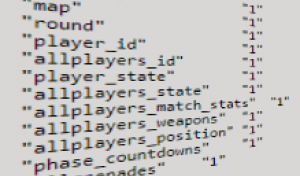
Because of CS:GO’s longstanding footing in esports broadcast, it’s clear that the importance of a good data API has been taken into account by the game’s developer Valve.
To check out the documented API, go here
The API works by configuring a local instance of the game to post data to a named http endpoint. This can be done by supplying a config file in the game’s installation directory, then loading up the game and spectating a particular match you want to grab data for.
Ignition Integration
So we have a game of CS:GO running that can post all this data to an endpoint – that’s great, what do we do with that? We use Ignition of course – out data wrangling rapid development framework that takes complex data and gives operators the power to turn that data into engaging stories.
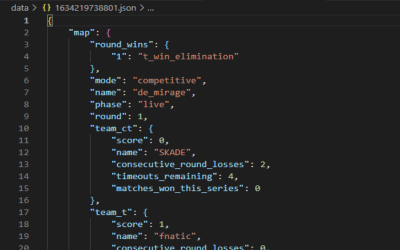
Data Endpoint
We configured our Ignition Esports implementation to expose an http POST endpoint that would act as the data input. By then modelling the game inside Ignition we could generate meaningful and navigable game information to be stored, accessed, wrangled and used to drive engaging graphics.
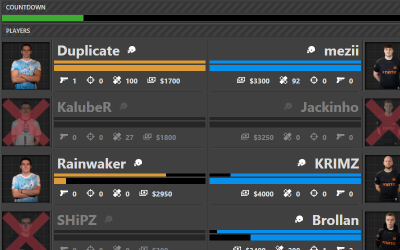
Live Analysis
Through the documented config file placed in the game’s install directly, we were able to specify what data was needed, and how frequently we needed it during live gameplay. Ignition was able to process the entire state of a match every 100ms – including player positions, health and game timers. This allows for real-time graphics to display up to date information on-screen as a game is in play.
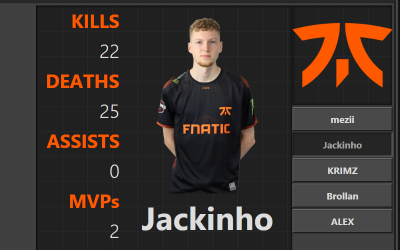
Post-Game Stats
Having this live data is all well and good, but the added value that Ignition can provide is the extra number-crunching and analysis of that data – the state of the game at each point in time is stored in Ignition’s database and can be accessed at any time. We can also generate new data by calculating averages, totals, or timelines of how certain numbers changed over the course of a match. A good example of this is team ‘economy’ – each player earns in-game money by performing certain actions each round, then can spend that money on better equipment for the next round. How teams manage their finances over the course of a match is a pivotal part of their ultimate success or failure.
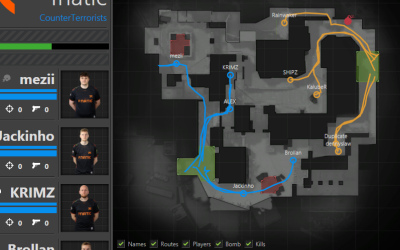
Map Sequences
Another advantage of storing all the game state over time throughout a match is that you can plot player movement. This allows for great analysis graphics showing important paths taken by players during key moments. Also storing other locations such as player deaths and bomb detonations can be used to analyse what the pinch points of a particular map were, or in what areas a particular team was able to dominate.
Full Data Browser
All the data we store is fully accessible, navigable, and displayed in a user-friendly manner, for more in-depth analysis from editorial teams / commentators who want to really pick apart the minutiae of a match.
What’s Next?
With all this juicy data at our fingertips, our next steps are to build out a proof-of-concept graphics system, showcasing how the latest rendering technologies can be leveraged to make compelling stories from complex esports data.
For part 2, click here.
Think we could be a good fit for your next esports project?
We promise not to share your details with anyone else - take a look at our privacy policy.



